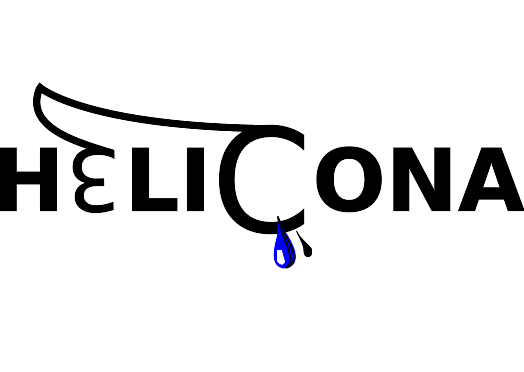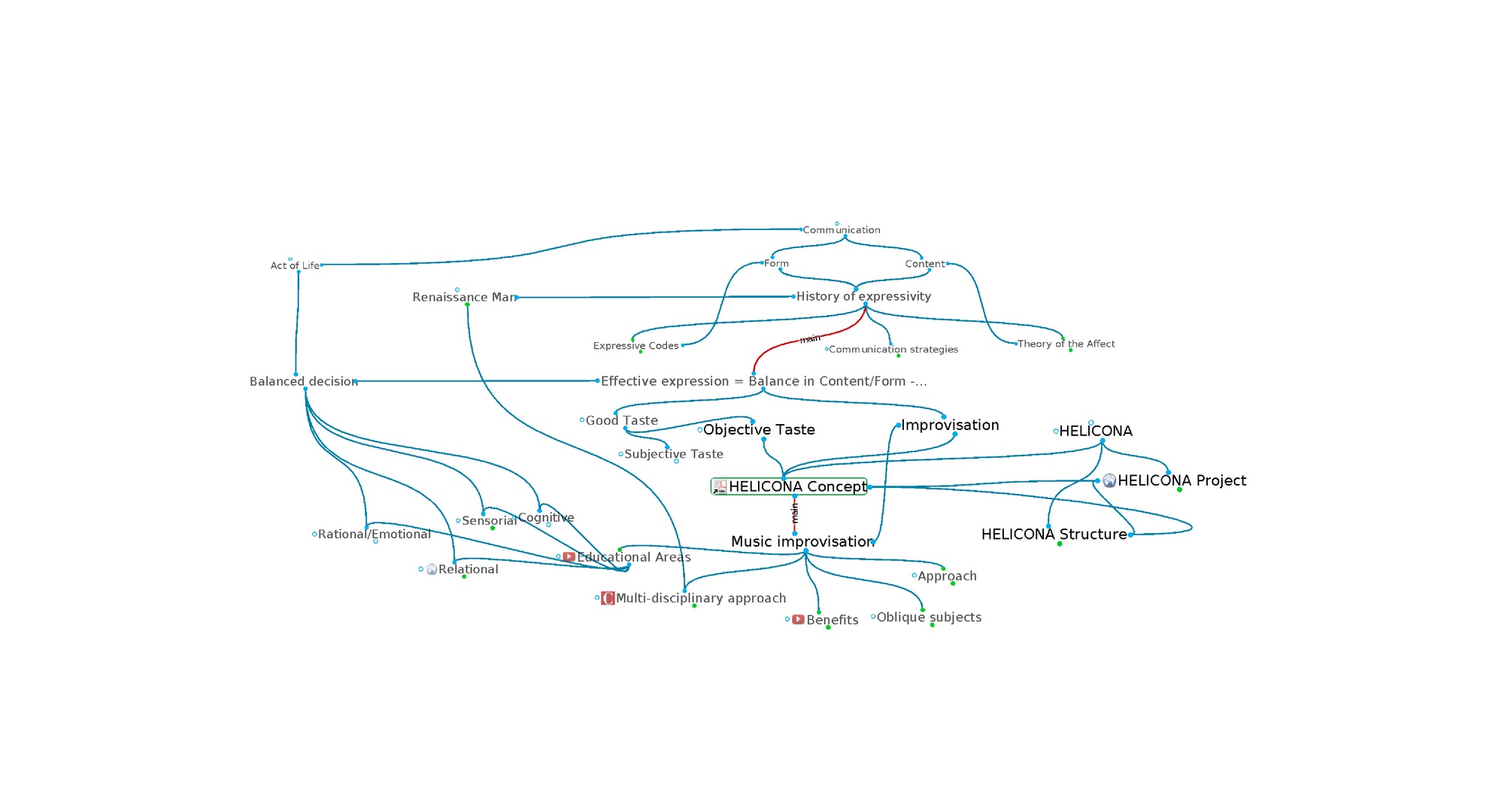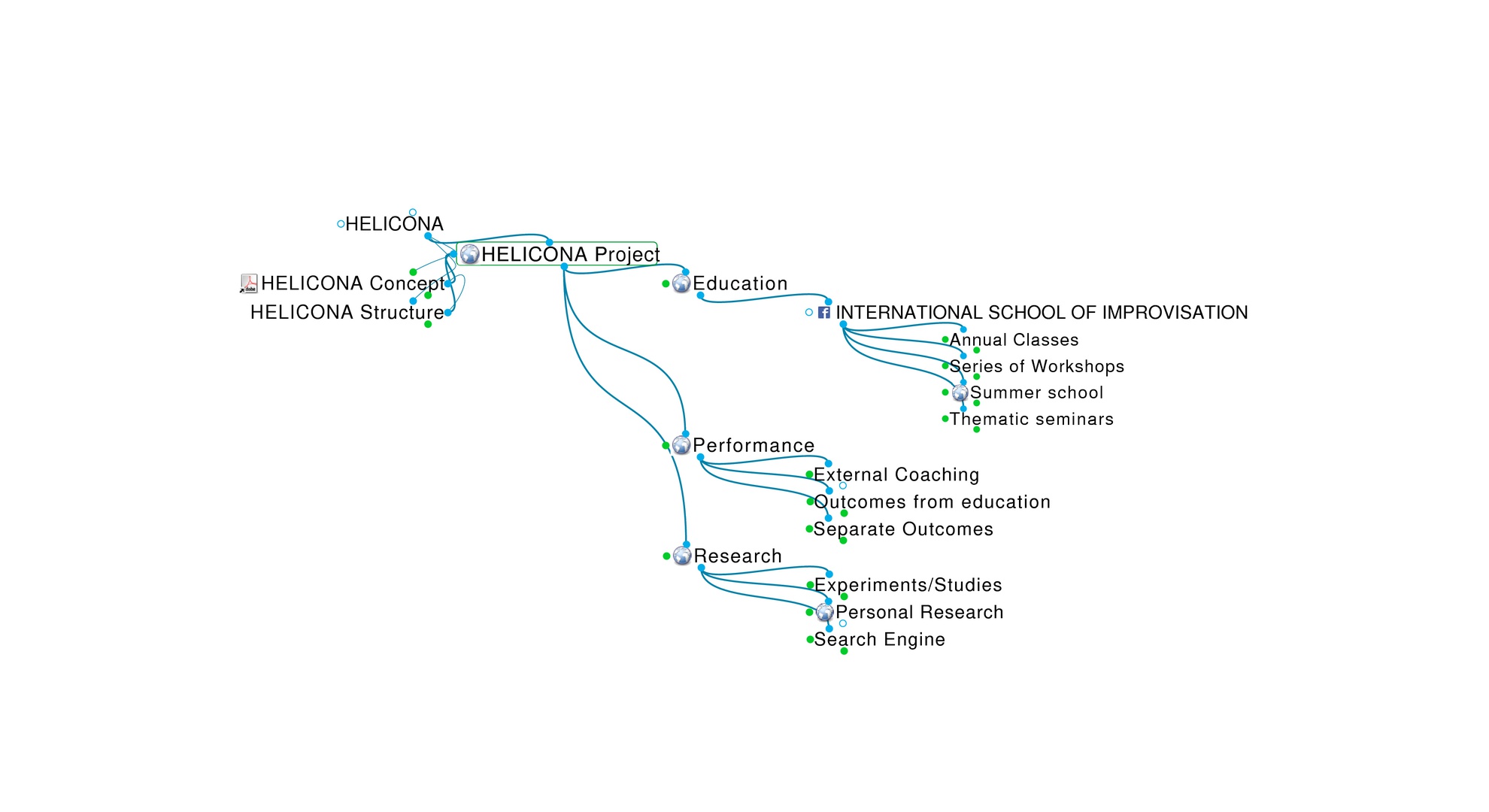Research
HELICONA is the Latin name of the mountain where two sacred springs - AGANIPPE and IPPOCRENE - are located, and have the power to inspire creativity.
...Definitely a good place to talk about ART and CREATIVITY.
Aim:
The aim of this project is to gain a deeper insight into the Baroque aesthetic using the sources of the 16th - 18th centuries and employing interdisciplinary and comparative research methods. Music, dance, theatre and iconography are the principal areas of research but may include other disciplines; scores, treaties, manuscripts, chronicles, paintings, theatrical canovacci will be analysed in order to reach a more profound level of communication in historical informed performances, in music as well as in dance and theatre.
Content:
Thanks to personal research and to the interchange with other artists and researchers, I am compiling a catalogue of the expressive codes of the early Baroque period in order to give a more detailed view of the cultural context of the period, as in music as in all the arts that share the same aesthetic heritage.
The content of the research consists of a catalogue of the elements of rhetoric (as in the meaning of intervals, tonality-modality, procedures), theatrical rhetoric and Ars Oratoria (meaning of gesture, characters of Commedia dell'Arte, composition and rules of oratory), elements of Dance (meaning and interrelationship between dances, steps, gestures and characters) and the elements of Iconography (meaning of positions, colours, gestures and symbols).
The important link between these different areas is the Teoria degli Affetti (Theory of Affects), which is the philosophical foundation of the aesthetic of the Baroque period. It is the “static” catalogue, of passions, virtues and vices that move the soul and the actions of a person.
This theory is the principal content of every artistic action.
Sources:
The aim is to filter the information on the web to have access to a database of treatises already online that can be used as a source of citations, helpful to give a broader description of an affect and the codes used to express it.
Methodology:
- Analysis of all the written materials of the 16th, 17th and 18th centuries, in collaboration with different art departments and internet community.
- The Affects, the Vices, The Passions, The Virtues
- Catalogue of Affects and Affective Actions.
- Iconography:
- Meaning of colours
- Descriptions of positions (i.e. Cesare Ripa, Iconologia)
- Sources referring to the interrelationship between images and their meaning
- Meaning of gestures
- Music:
- List of rhetorical figure in music collected from citations from treaties of the 16th to 18th centuries about rhetoric figures and their meaning
- Musical samples connected with rhetoric figures (score and sound samples)
- Theatre:
- Citations of postures, gestures and libretti connected with the rhetoric figure in Theatre (i.e. Il Corago,...)
- Information found on canovacci and lazzi
- Information found on iconography of theatre
- Dance:
- List of dances and their characters
- List of steps related to dances and characters
- Information on the gestures in dance.
- Dressage
- Steps of walking
- rhytmical connection
- rhetoric of coreography
- The Affects, the Vices, The Passions, The Virtues
- Creation of a digital database to connect the different areas in relationship with the Theory of Affects; the project might have a platform that will allow the internet community to implement the information and discover new areas of development.
Result:
The result of this work is to help artists of different disciplines to understand the content and context of a performance (the affect) with the codes used to express it (the rhetoric of expression).
The digital support will be an strategic way to discover connections between areas and to have a wider overview on the mentality of that period.
The digital support will not give exact rules for a perfect interpretation. Easy access to the computational support will be an added help for the comprehension of the original meaning of historical compositions, and for the efficiency of the new ones.






